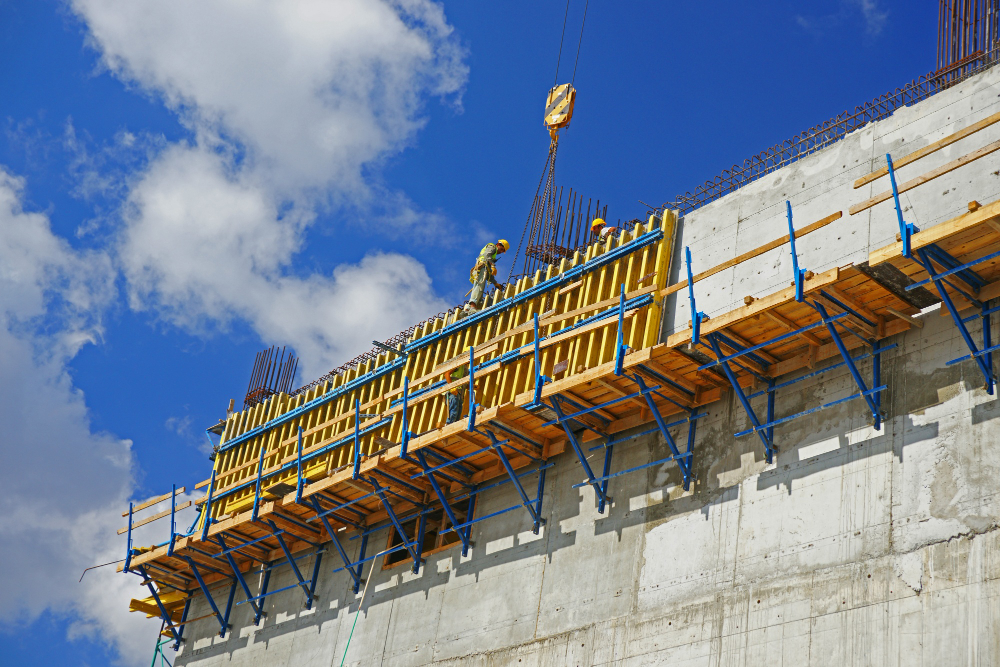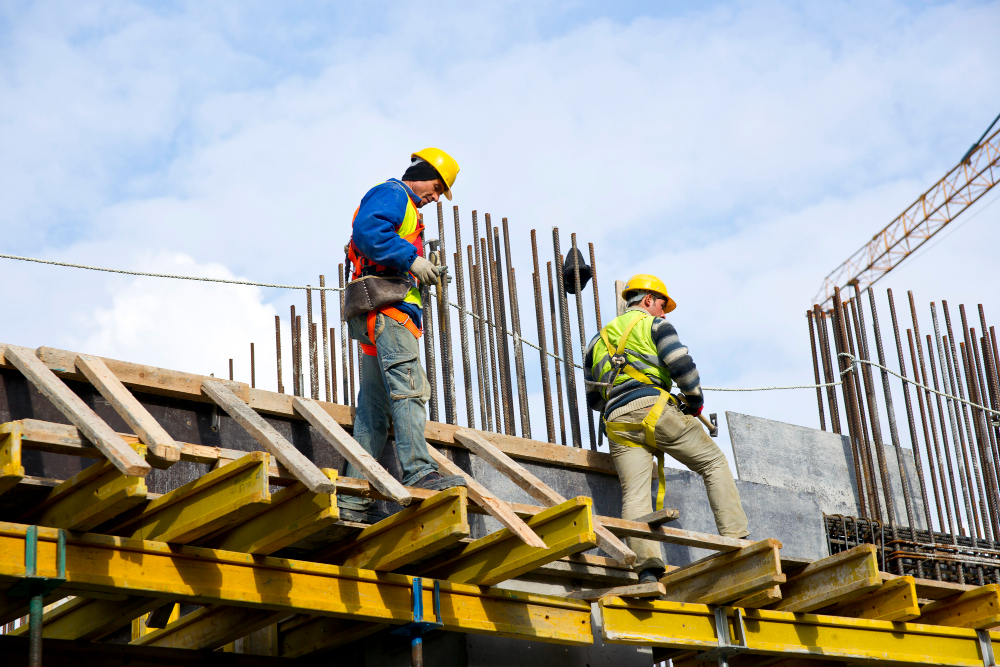Last updated on
In industries where working at heights is a routine, ensuring the safety of workers is paramount. A wall-mounted work platform emerges as a cutting-edge solution designed to address this critical concern. This innovative platform offers a range of advantages, combining safety with efficiency to create a conducive working environment.
Enhanced Safety Measures

One of the primary advantages of a wall mounted work platform is the heightened safety it provides to workers operating at elevated positions. With robust design and secure anchoring to a stable structure, such as a wall, these platforms offer a stable and secure working surface.
This eliminates the risks associated with traditional scaffolding or other elevated work solutions, reducing the likelihood of accidents, falls, or injuries.
Additionally, wall-mounted work platforms often come equipped with safety features such as guardrails, non-slip surfaces, and integrated harness attachment points. These elements further contribute to a secure working environment, ensuring that workers can focus on their tasks without compromising their safety.
Space Optimization and Flexibility
Unlike traditional scaffolding systems that occupy valuable floor space, wall-mounted work platforms are designed for vertical space utilization. This space-saving design is especially advantageous in environments where floor space is limited or needs to remain unobstructed for other operations.
By utilizing vertical space along walls, these platforms allow for efficient use of the available workspace.
Moreover, the flexibility of a wall-mounted work platform is notable. Its ability to be installed at various heights and locations along a wall provides adaptability to different job requirements.
This versatility makes it an ideal solution for tasks such as maintenance, repairs, inspections, or assembly work, allowing workers to access elevated areas with ease and precision.
Increased Productivity

The design of wall-mounted work platforms promotes increased productivity by minimizing setup time and optimizing workflow. Unlike traditional scaffolding that requires time-consuming assembly and disassembly, these platforms are typically installed with greater speed and efficiency.
This allows workers to spend more time on actual tasks, contributing to overall project timelines and efficiency.
Furthermore, the convenience of having a stable and easily accessible work platform enhances the speed and precision of various tasks. Workers can move vertically along the wall as needed, reducing the need for constant repositioning or adjustments. This streamlined workflow directly translates to increased productivity and a more efficient use of labor resources.
Cost-effective Solution
While the initial investment in a wall-mounted work platform may seem higher than traditional alternatives, its long-term cost-effectiveness becomes apparent. The durability and longevity of these platforms reduce maintenance costs and the need for frequent replacements associated with traditional scaffolding.
Additionally, the enhanced safety features contribute to potential savings on insurance premiums and worker compensation claims, as the risk of accidents and injuries is significantly reduced.
The space optimization aspect also plays a role in cost-effectiveness. By utilizing vertical space, businesses can make better use of their existing facilities without the need for extensive renovations or expansions.
This makes wall-mounted work platforms a financially prudent choice for industries seeking to maximize safety and productivity within budget constraints.
A wall-mounted work platform stands out as a safety-focused solution that brings multiple advantages to industries requiring elevated access. Its commitment to enhanced safety measures, space optimization, increased productivity, and long-term cost-effectiveness makes it an invaluable tool for various applications.
Industries continue to prioritize worker safety and operational efficiency, which means the adoption of wall-mounted work platforms is likely to become a standard practice. This helps with ensuring that safety remains at the forefront of elevated work environments.
Table of Contents




